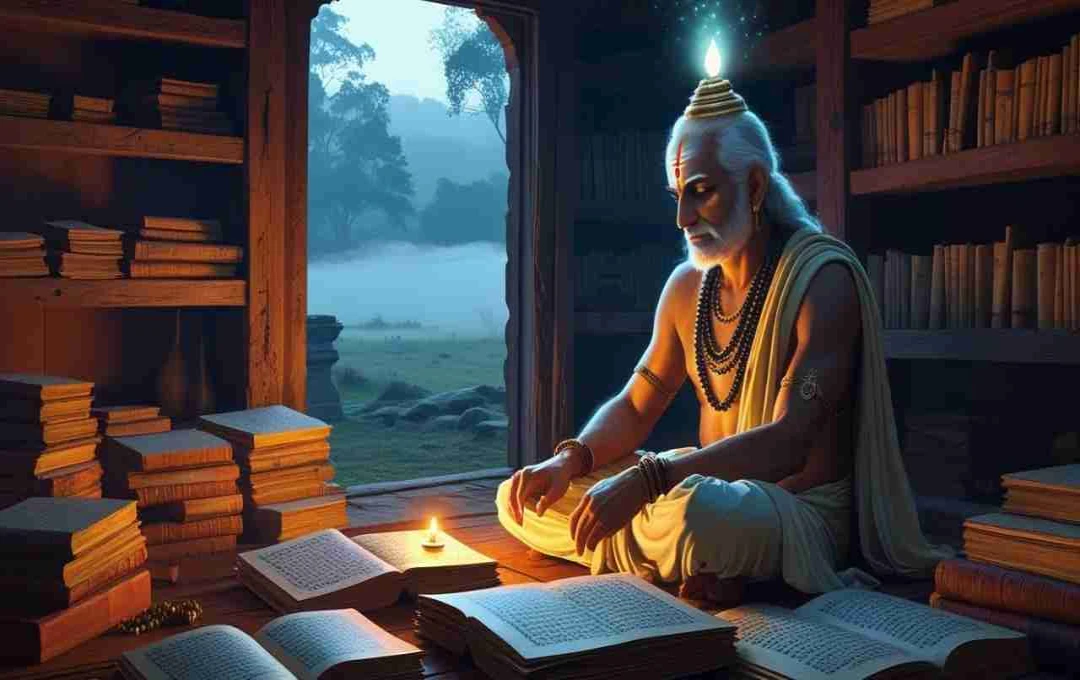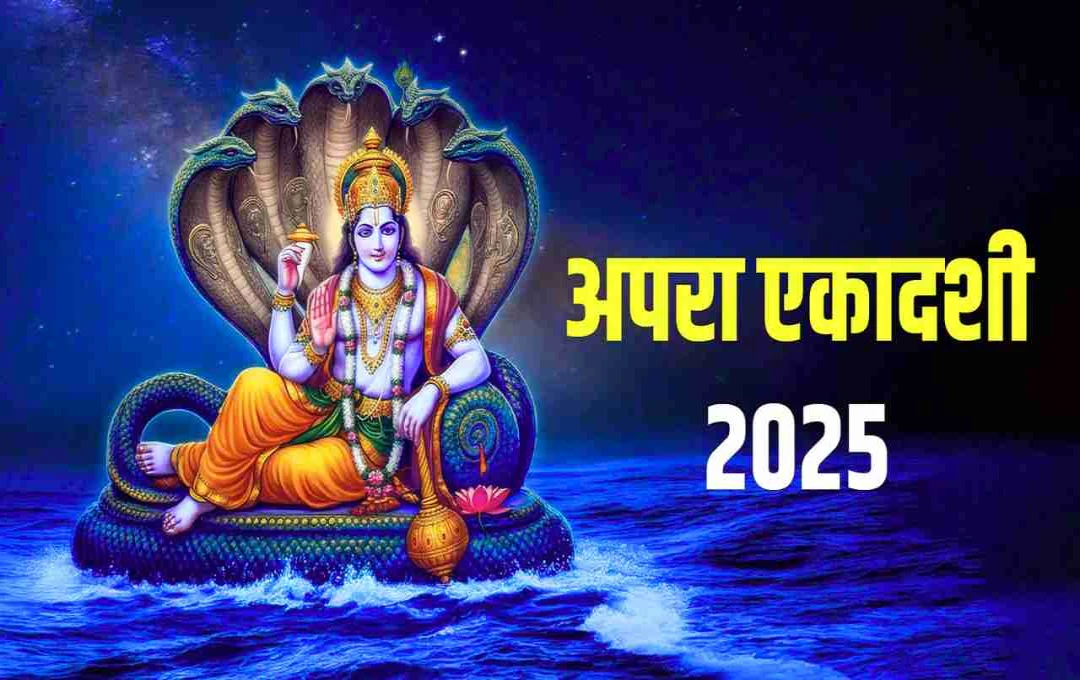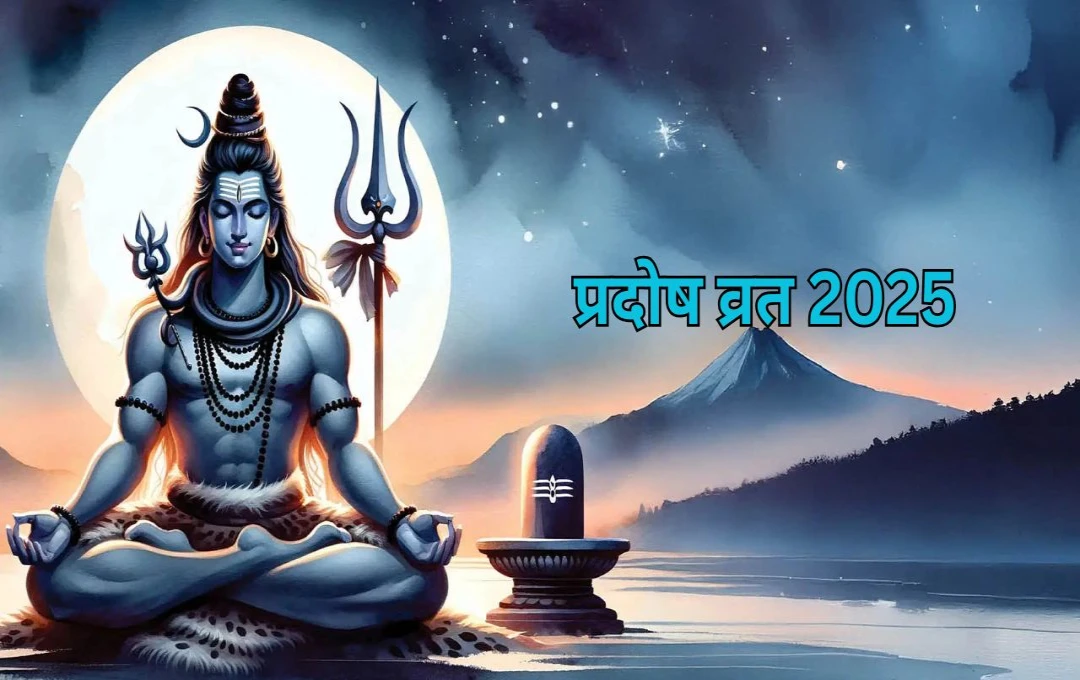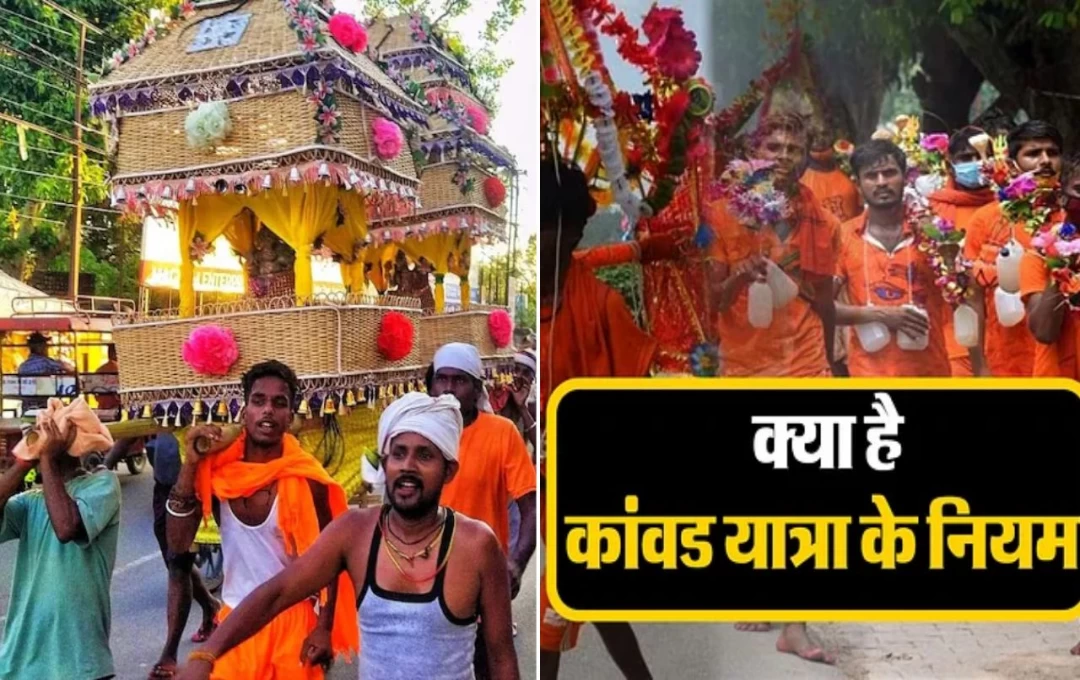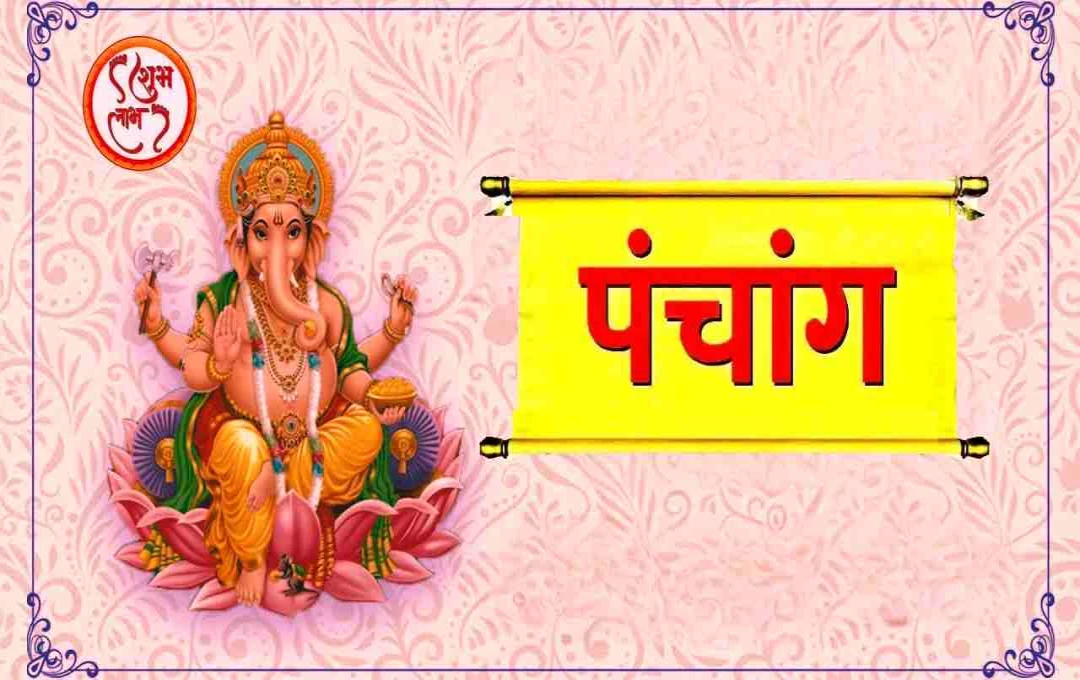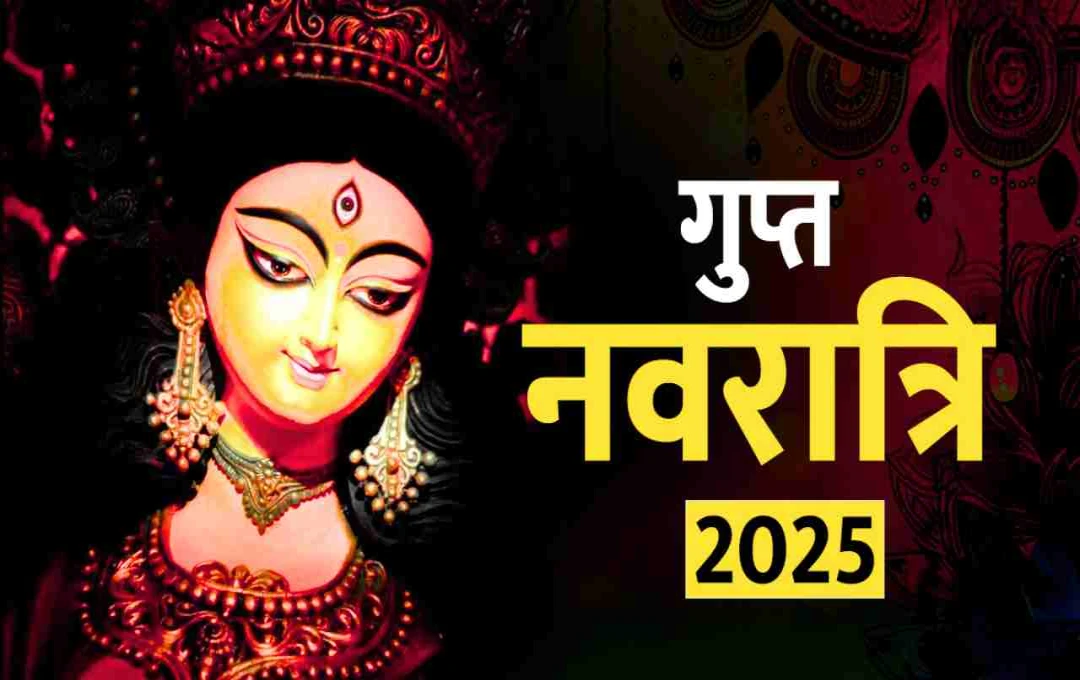Guru Purnima is a sacred festival that highlights the significance of the guru-shishya (teacher-student) tradition. This day provides an opportunity to express respect, gratitude, and reverence for one's guru. According to Hinduism, Guru Purnima is celebrated on the full moon day of the Ashadha month. This day marks the birth of Maharishi Ved Vyasa, who is considered the guru of all gurus.
History of Guru Purnima
Guru Purnima is also known as "Vyasa Purnima" because it commemorates the birth of Maharishi Ved Vyasa. Ved Vyasa divided the four Vedas, authored the Mahabharata, and compiled the eighteen Puranas. He carried forward this legacy of knowledge, hence his recognition as "Adi Guru" (the primal guru).
Guru Purnima in Buddhism

This day also holds special significance in Buddhism. It is believed that on Guru Purnima, Lord Buddha gave his first sermon in Sarnath, known as the "Dharmachakra Pravartana." Therefore, Buddhist followers also celebrate this day with prayers and meditation.
Importance of a Guru
A famous Sanskrit shloka states:
"Gukaarah andhakaarah, Rukaarah teja roopuh.
Andhakaara naashakataat Gururityabhidheeyate||"
Interpreting the word "Guru," 'Gu' signifies the darkness of ignorance, and 'Ru' represents the light of knowledge. Thus, a guru is a sacred personality who dispels the clouds of ignorance from our minds, spreading rays of wisdom and understanding. Like a lighthouse, they guide us through life's challenges and illusions.
Types of Gurus
Hindu tradition describes different types of gurus:
Shikshak Guru – who imparts knowledge.
Deeksha Guru – who imparts mantras and spiritual knowledge.
Sadguru – who shows the path to liberation (moksha).
How is Guru Purnima Celebrated?
Traditional Practices

Guru Pujan – Disciples offer flowers, fruits, and clothes at their guru's feet.
Dhyan and Satsang – Devotional singing, chanting, and discourses take place in the presence of spiritual gurus.
Vyasa Puja – In many homes and temples, the idol or picture of Ved Vyasa is worshipped.
Daan-Punya – Donating to causes related to knowledge and education is considered auspicious on this day.
Guru Purnima in Modern Times
Today, Guru Purnima's significance extends beyond religious aspects to educational and social spheres. Similar to Teacher's Day, it offers an opportunity to honor teachers, professors, and mentors.
Famous Examples of the Guru-Shishya Tradition
1. Guru Drona and Eklavya
Eklavya showed unwavering devotion to Guru Drona. When the guru asked for his thumb as guru dakshina (payment for teaching), he readily sacrificed it without hesitation.
2. Sant Kabir and Guru Ramananda
Kabir Das accepted Guru Ramananda as his spiritual guru. He adopted the guru's single word, "Ram," as his mantra and chanted it throughout his life.
3. Swami Vivekananda and Guru Ramakrishna Paramhansa
Swami Vivekananda considered Ramakrishna Paramhansa his guru. The guru's teachings inspired him to propagate Vedanta in India and across the world.
Attainment of Self-Knowledge

A guru's primary objective is to guide the disciple towards self-knowledge. As it is said:
"Guru Govind dou khade, kaake laagu paay.
Balihari guru aapne, Govind diyo batay||"
This divine truth emphasizes that when both the guru and God are present, the guru should be given the first obeisance. The reason is clear – the guru is the medium through which the realization of the divine essence occurs. They are the stepping stones to reaching God; therefore, their position is supreme.
Purification of the Mind
A guru's guidance liberates a person from ego, greed, and attachment. Knowledge is incomplete without a guru. Guru Purnima is a sacred occasion reminding us that knowledge, devotion, and liberation are impossible without a guru. Whether an academic or spiritual guru, their place is above even God. On this day, we should express gratitude towards our gurus and resolve to follow the path they have shown.
"Agyaan timiraandhasya, jnaananjana shalaakaya.
Chakshurunmeelitam yena, tasmai shree gurve namah||"
Meaning: I bow to the guru who, with the collyrium of knowledge, removed the darkness of ignorance from my eyes. Thus, Guru Purnima reminds us of the importance of a guru and bestows the blessing of right guidance in life.
